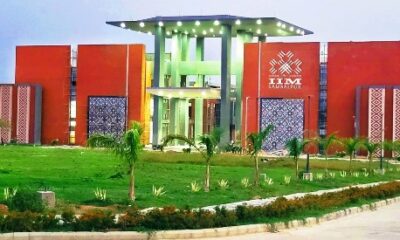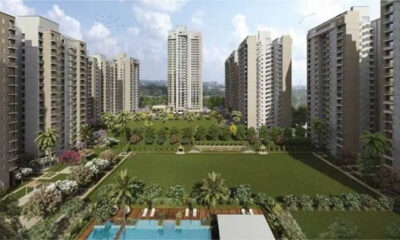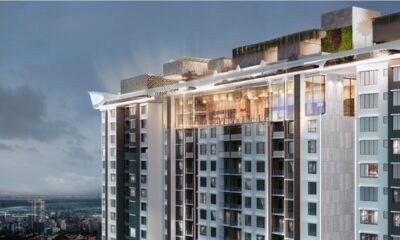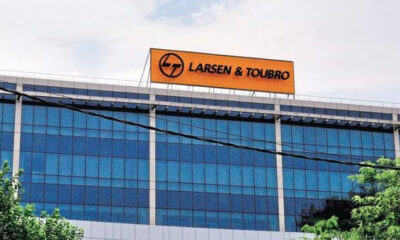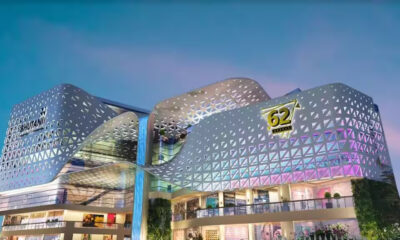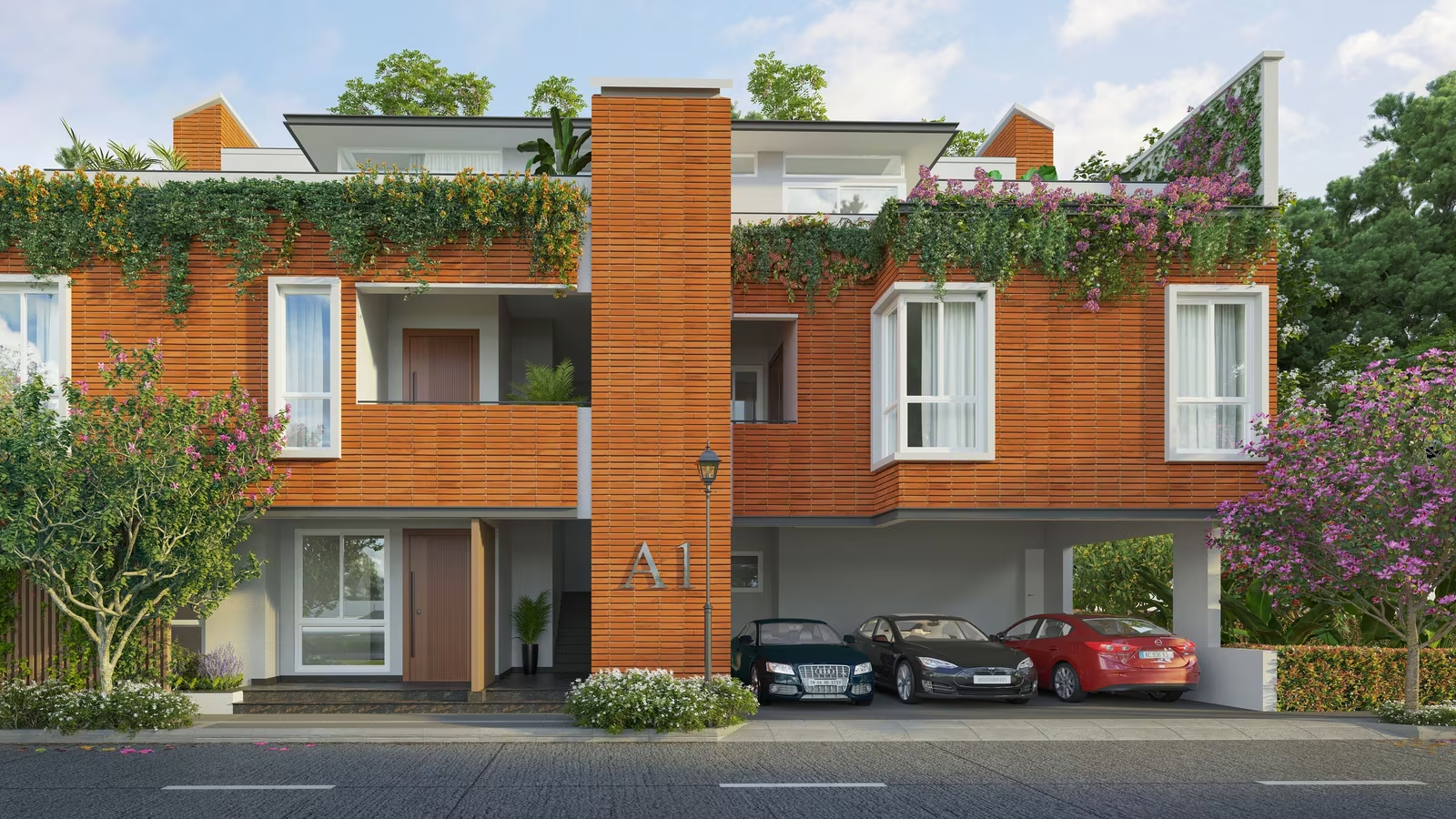Report
Knight Frank India report on DCPR 2034 – Deciphering Mumbai’s Future
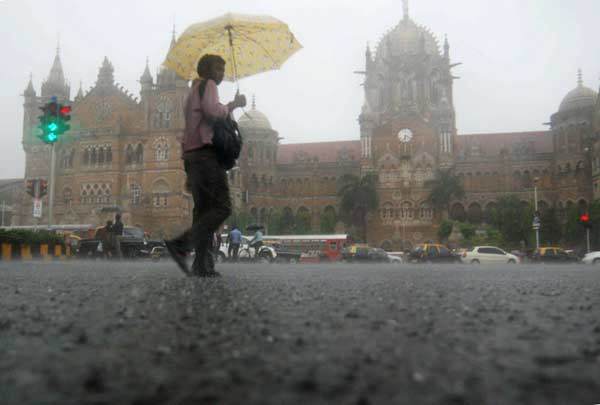

DCPR 2034 – Deciphering Mumbai’s Future 

Mumbai, November 15, 2018 –Knight Frank India, one of the leading International Property Consultants today launched a report on the Mumbai Development Plan 2034 – Development Control Promotion and Regulation (DCPR 2034). Titled DCPR 2034 – Deciphering Mumbai’s Future, the report delves into the fine print of the DCPR 2034 and what it spells for the residential and office sectors.
Key Findings – DCPR 2034
- Linking of permissible FSI to road width
o Past policies have been limited in checking congestion, leading to construction of tall residential/commercial towers on narrow roads
o By linking permissible FSI to road width, the DCPR 2034 would ensure that taller buildings can be constructed only if the road width can support it, thereby reducing congestion
- Minimum road width of 12 metres for higher FSI for commercial
o The DCPR 2034 provides higher FSI for office developments, only if the road width is greater than 12 metres or else it is same as residential
o As the number of vehicles moving in and out of a commercial building throughout the day is higher than residential, the incidence of traffic jams outside commercial buildings can be reduced to some extent
- Increasing FSI through increase in Transfer of Development Rights (TDR) limits and premium FSI
o The FSI for island city has been increased in the DCPR 2034. This increase in FSI accrues from increase in FSI on payment of premium and the increase in the quantum of TDR that can be loaded on the plot
o This would ensure that there is demand for TDR generated through – surrendering land for road widening, slum rehabilitation and surrendering of reserved plots
o Further, the government and the municipal corporation would earn revenues from selling premium FSI
- Increasing development rights for area surrendered
o The State Urban Development Department in its November 2016 notification had increased the TDR generated for land surrendered to the BMC due to reservation on the plot. This was increased to 2.5 times the area of land surrendered in the island city and 2 times the area of land surrendered in the suburbs. Prior to that, TDR under both was 1. The same regulation has been continued in the DCPR 2034
o This would ensure that there would be incentives for the stakeholders to expedite the process of slum rehabilitation and surrendering of reserved plots
- Adopting Real Estate (Regulation and Development) Act, 2016 (RERA) definition of carpet area
o DCPR 2034 has altered its definition of carpet area from the one defined by The Maharashtra Ownership Flat Act (MOFA) and has adopted RERA’s definition of carpet area. Aligning to a uniform definition will help reduce ambiguity amongst buyers
- Slum rehabilitation
o Only 1 lakh slum units have been rehabilitated over the past 20 years under the current slum rehabilitation policy. At this pace it would take approximately 300 years to rehabilitate the 15-16 lakh slum units in Mumbai
o The inadequacies of the past policy may get carried forward under the current DCPR 2034, as it continues the same norms
- Reduction of consent clause for redevelopment of buildings in certain categories
o The minimum irrevocable consent required for redevelopment of cessed and Maharashtra Housing and Area Development Authority (MHADA) buildings, has been reduced from 70% to 51%
o Redevelopment of buildings under these categories is stuck due to other reasons, hence, reducing consent may not completely help addressing the issue
Key Findings – Office
- Increasing FSI for office development
o The DCPR 2034, aims to create 8 million jobs in Mumbai by increasing the supply of office space
o The FSI given under DCPR 2034 for commercial development is higher than residential for road width greater than 12 metres. The additional/higher FSI is aimed at incentivising commercial development over residential development. This additional FSI (incentive) for commercial development has to be purchased from the BMC by paying a premium @ 50% of Annual Schedule of Rates (ASR)
o As per our analysis, the current set of incentives in the form of additional FSI may not sufficiently promote office developments to the extent required
- Development of Smart Fintech Centres
o Similar to the office development, the DCPR 2034 aims to promote the development of Smart Fintech Centres, by providing additional FSI as incentive. In should be noted that for smart fintech centres the premium charged for additional FSI is @ 50% of ASR
o As per our analysis, while attempting to bring about the growth for Smart Fintech, the DCPR may still face challenges in attaining this objective
Commenting on the report, Shishir Baijal, Chairman & Managing Director, Knight Frank India said, “With the release of DCPR 2034, the last level of uncertainty has ended. The developer community can now progress with confidence. The policy provides clarity and focus for future development of Mumbai. The development plan (DCPR 2034) is a crucial policy which can shape the future of our city, hence, it should be given paramount importance. The current DCPR 2034 has several positives and is a step in the right direction, however, we believe that there will be areas to work on further.
The DCPR 2034 has provided a fillip to the commercial sector in Mumbai by way of incentivised FSI, however, the high cost of the FSI could be a challenge. On the residential front, measures such as opening up of land for promoting affordable housing and unification of carpet area definition will prove to be a boon for home-buyers. All in all, the current DCPR 2034 has something to offer to all stakeholders and we are optimistic that it will have far-reaching implications on Mumbai’s growth over the next two decades.”
-



 News4 weeks ago
News4 weeks agoKW Delhi 6 Mall Onboards New Brands
-



 News4 weeks ago
News4 weeks agoManasum Senior Living Launches IKIGAI GOA, A Senior Living Community in North Goa, in collaboration with Prescon Homes
-



 News4 weeks ago
News4 weeks agoBridging India Divide: Top 5 Tier- 2 Cities to Focus On
-



 News4 weeks ago
News4 weeks agoCommercial Realty Gets Tech Savvy: Fast Construction, Enhanced Convenience
-



 News3 weeks ago
News3 weeks agoGodrej Properties Sells Rs 3k cr+ Homes of Godrej Zenith, Gurugram, within 3 days
-



 News4 weeks ago
News4 weeks agoMultipoint Connection – A Definite Boon
-



 News3 weeks ago
News3 weeks agoRBI’s Status Quo on Key Policy Rates to Help Maintain the Real Estate Growth Momentum, Say Industry Stalwarts
-



 News1 week ago
News1 week agoOlive Announces Dhruv Kalro as Co-Founder







